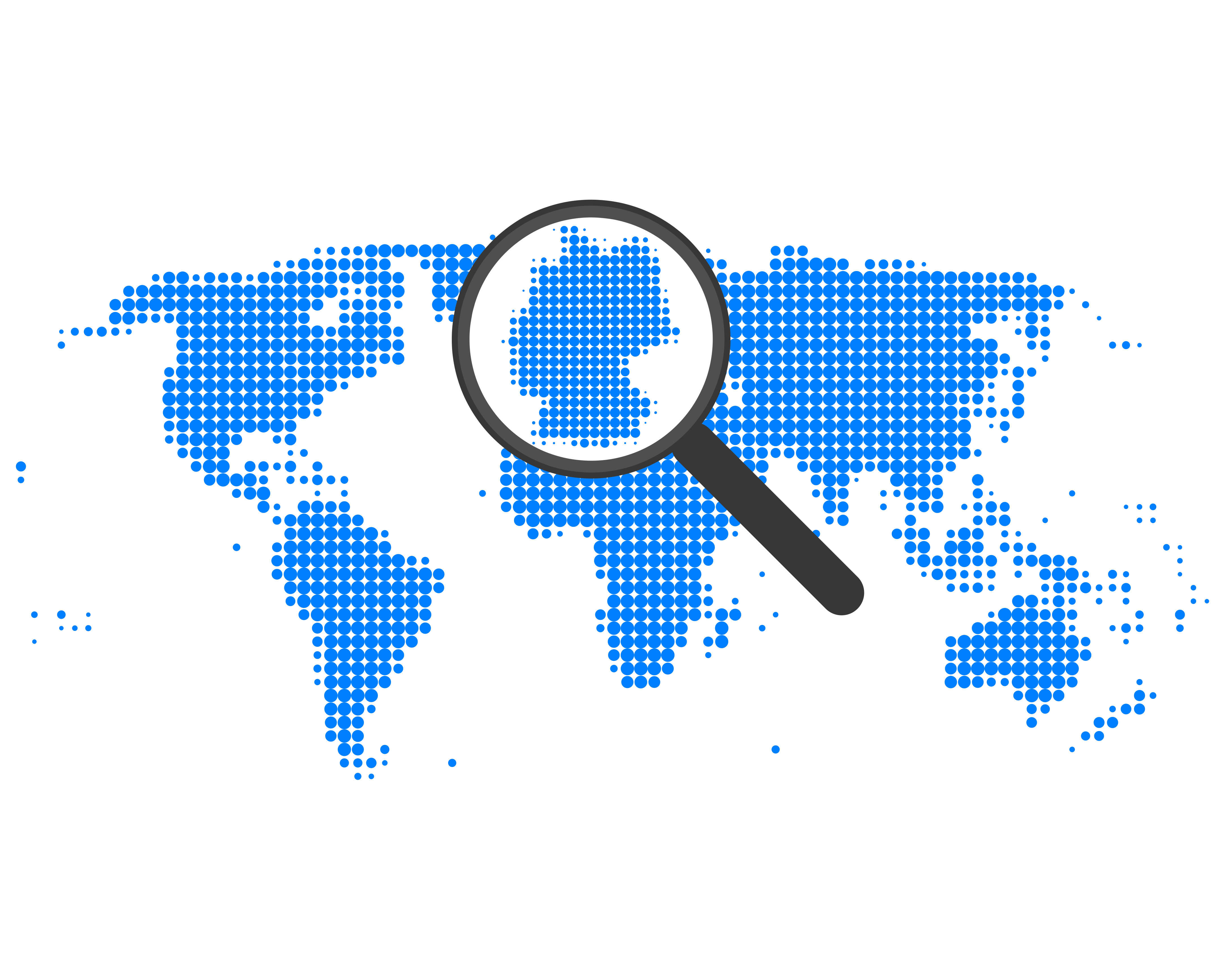Market Research
Market research forms the backbone of successfully selling your product abroad. Learn about collecting reports, conducting your own research and visiting markets
Conducting your market research is absolutely essential to help you figure where and how your product could be consumed. It starts with identifying things like market size and growth, demographics, local production, trends, competition, import duties, regulations, distribution channels. These will help you identify the opportunities and the requirements to comply with to seize the opportunities. Often this will lead to the realization that changes are required to the product, packaging and production processes.
Key market features you should be identifying in the process include:
- In what forms for what purpose is the product in demand?
- Which countries import and consume the product more?
- Are there any unique characteristics connected to that country’s consumption the product? e.g. gift products connected to festive seasons, preference for design in furniture, expectation of quality in e.g. Germany or Japan, one strong coffee per day in Italy and 6 or 7 weaker ones per day in Scandinavia.
- Do these characteristics differ for different sub-groups of a destination market’s population? E.g. Ethnic North African migrants make up most France’s demand for green tea.
- Which market trends are driving more consumption of the product?
- Are there any barriers to entry such as health and safety requirements in the consuming countries of interest? Are there any advantages as compared to competing supply origins, e.g. Bangladesh vs Vietnam.
- Are there any quality, environmental or social certifications that the respective markets would expect your company to comply to?
- Which exporting companies and exporting countries are the main competitors and what is their competitive edge?
- What are the attainable prices, do they differ over time (e.g. seasons) and what is the variation across different middlemen players in the chain
- How is the distribution channel from exporter to final consumer organized? What role does online retail play?
- Who are the key buyers to target? What is important to them?
- Are there relevant trade fairs where you could meet with prospective buyers or capture a lot of information on what’s happening in your export sector?
The amount of information on the internet, in secondary (existing studies and analysis) and primary (fragmented pieces of information requiring further analysis) has vastly increased. Free tools and databases such as TradeMap can also significantly speed up your research. Note also that training videos on how to use Trade Map effectively are available on Youtube.
Read market reports at EPB’s Browse Export Markets Page
It is sensible to search beyond existing studies to customize research more to your own export context. Advanced searching techniques help you find extensive information and insights.
A critical part of your research should also include visiting of the markets. Trade fairs are also a very rich source for insights and testing the right fit for your product and business pitch. This is particularly because so many players to interact with are all the in the same place. Young companies often consider trade fairs as a place to sell or meet other companies to do business with. But the real value of trade fairs is the research opportunities that they offer. For both trade fair and general market visits it is highly recommended to prepare these well in advance to make the investment worthwhile. Studying in detail who’s who in the business and what is important to each respective players in advance with tools like LinkedIn is crucial.
Read more about how to attend trade fairs effectively

